Clustering
Partition dataset into subsets (clusters), so that the data in each subset shares some common trait, often similarity or proximity.
Clusters are collections of similar objects without the need for ‘teacher’ signals.
A collection of objects which are “similar” between them and are “dissimilar” to the objects belonging to other clusters.

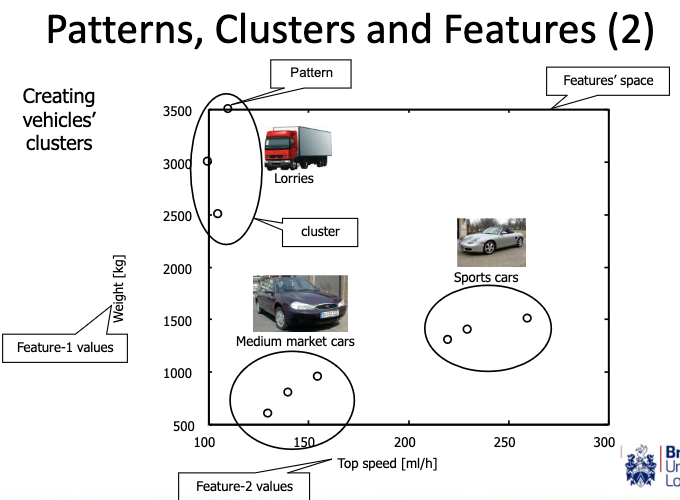
Applications of Clustering
Social Networks
For purposes like marketing, terror networks, resource allocation in companies/universities.
Customer Segmentation
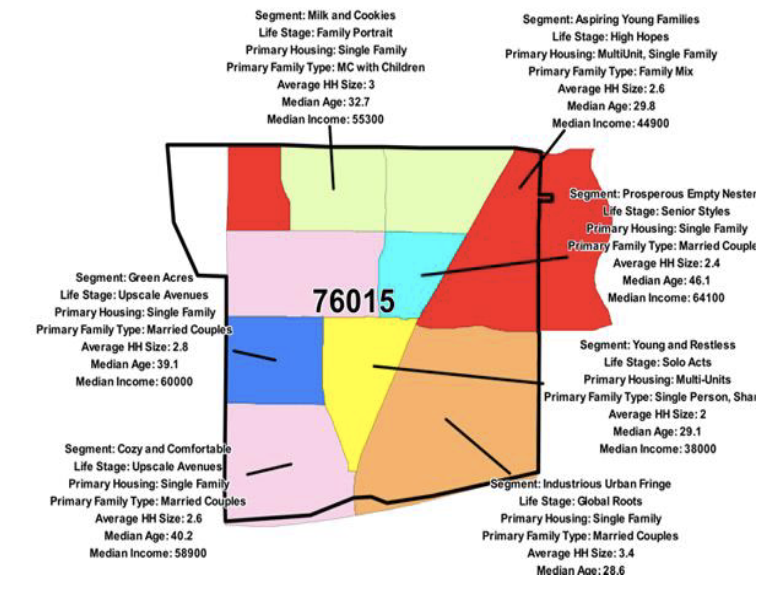
Gene Networks
Helps understand gene interactions and identify genes linked to diseases.
Methodologies for Clustering
How to do Clustering?
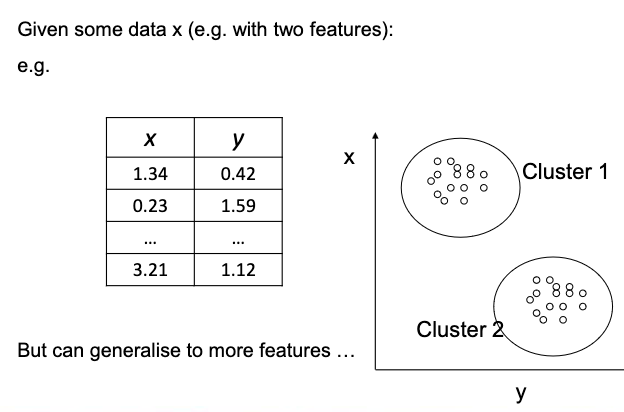
Pattern Similarity and Distance Metrics
- Clusters are formed by similar patterns.
- Commonly adopted similarity metric is distance.
- Euclidean and Manhattan distances are commonly used metrics.
More distance metrics:
- Correlation.
- Minkowski.
- Mahalanobis.
They are often application dependant. The important things are the shape, distance and scale.
Euclidean
The square root of the sum of the squared differences between coordinates.
- Formula:
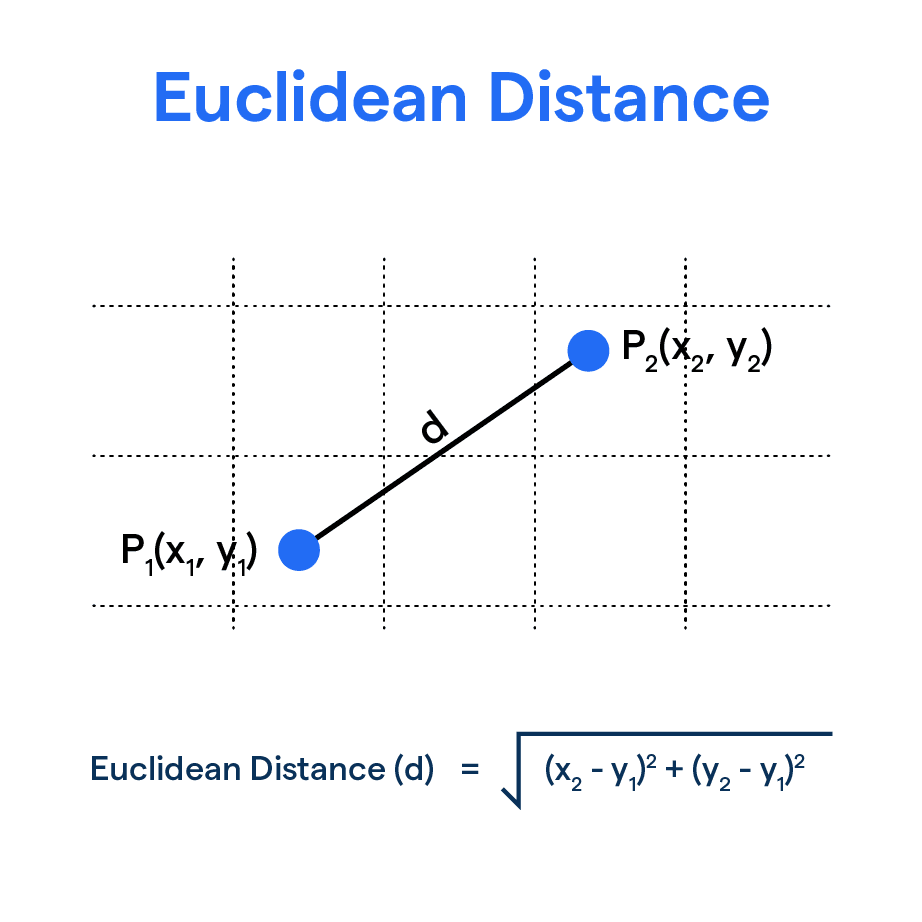
Example
| x | 5.5 | 2.9 | 4.8 | 6.7 | 0.6 | |
|---|---|---|---|---|---|---|
| y | 0.2 | 1.0 | 4.8 | 3.8 | 9.2 |
Therefore, :
Manhattan
The sum of the absolute differences between the coordinates of two points.
- Formula:
Therefore, :
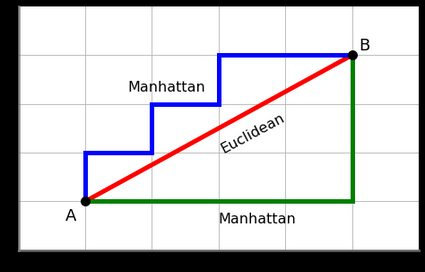
Embeddings
It means to map data onto a new space to capture different characteristics.
The distance between points has some meaning.
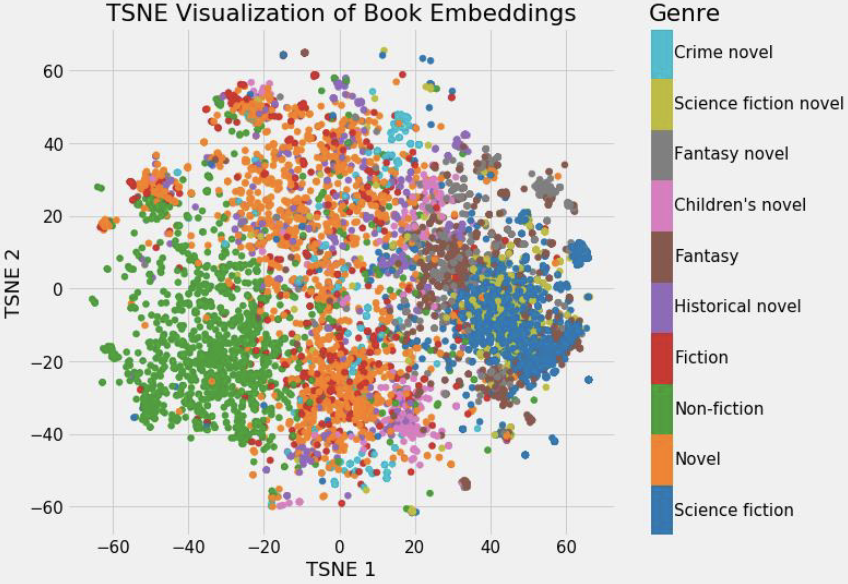
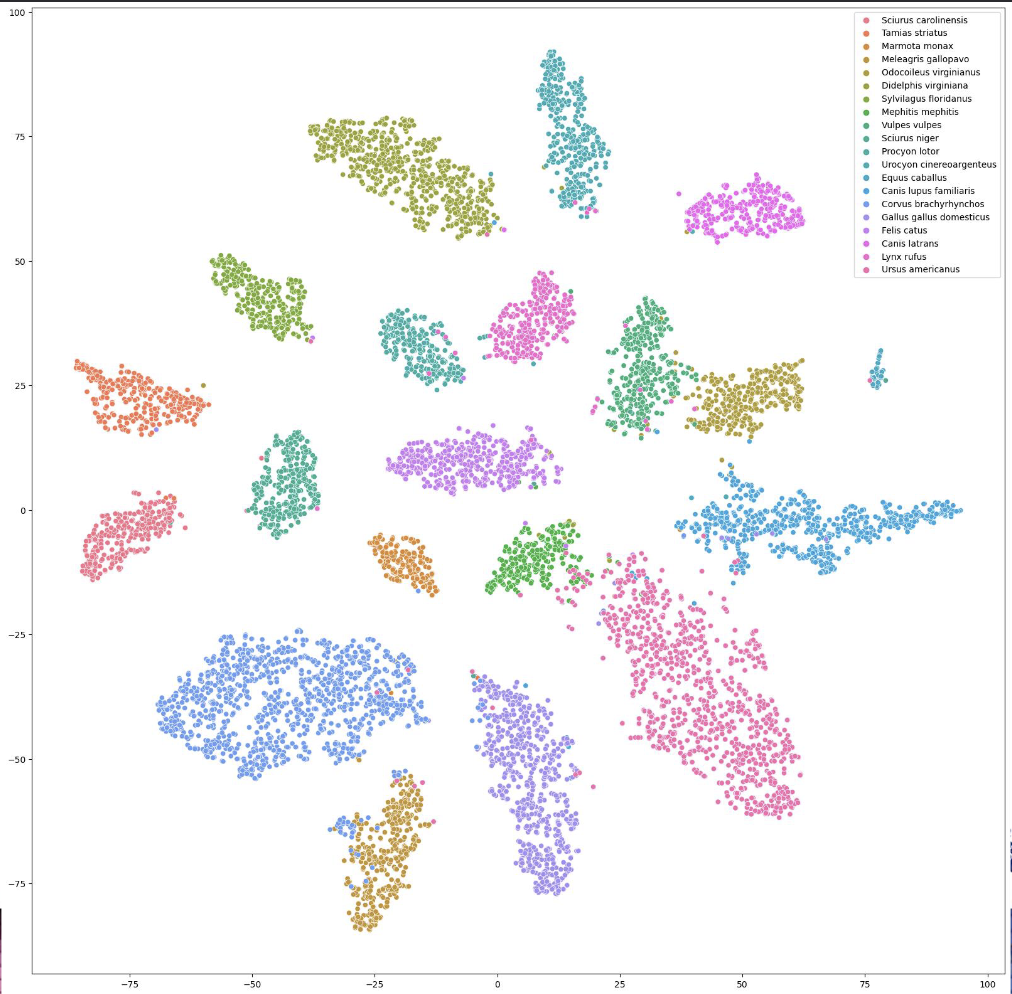
K-Means Clustering
Hierarchical Clustering
Limitations of K-Means and Hierarchical Clustering
Challenges with Hard Assignment in Clustering
At each iteration, a pattern can be assigned to one cluster only (the assignment is hard).
For example, x here in the middle of the two cluster centroids will either:
- drag m1 down, or
- drag m2 up.
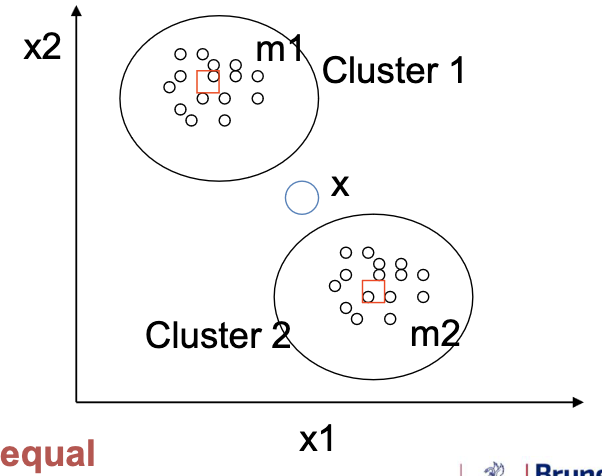
Other Clustering Methods
Fuzzy Clustering
For example: Fuzzy c-Means.
- No sharp boundary.
- Fuzzy clustering is often better suited.
- Fuzzy c-Means is a fuzzification of k-Means and the most well-known.
The cluster membership is now a weight between 0 or 1 and the distance to a centroid is multiplied by the membership weight.
DBSCAN
- Density based clustering algorithm, density being the number of points within a specified radius (Eps).
- A point is a core point if it has more than a specified number of points (MinPts) within Eps.
- Core point is in the interior of a cluster.
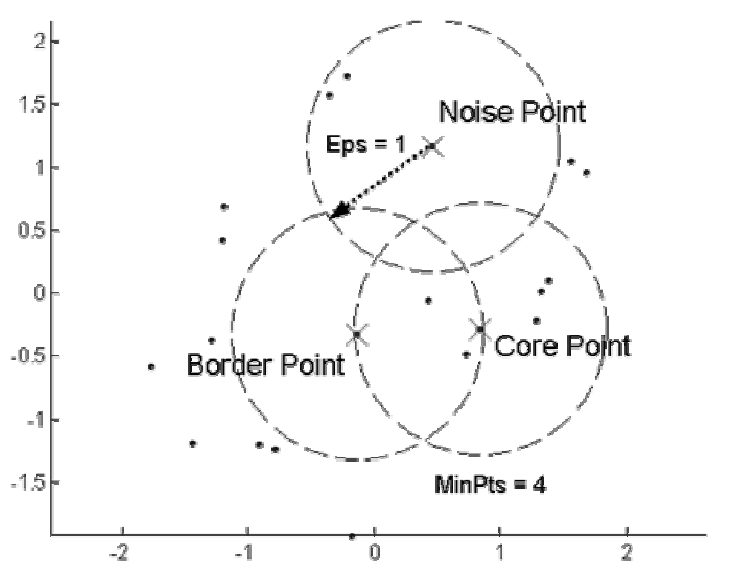
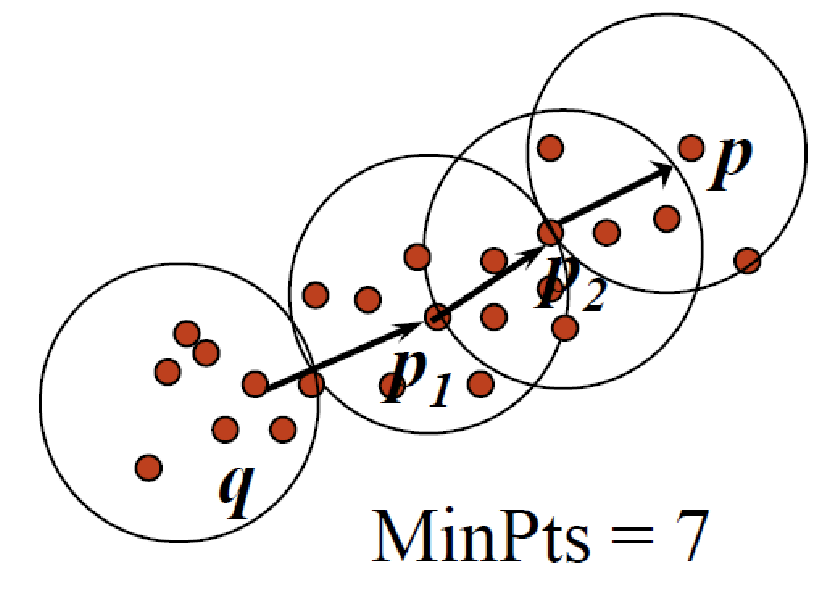
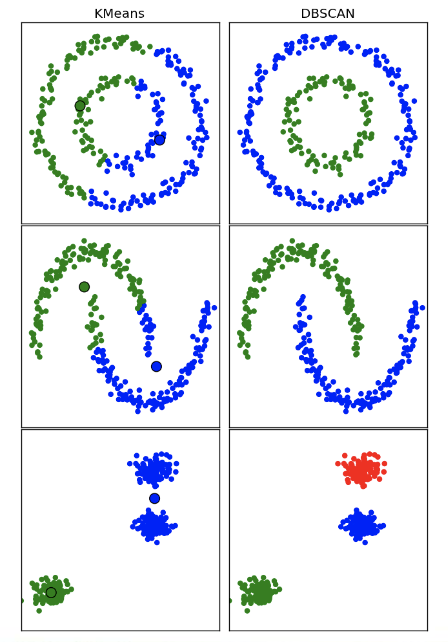
Evaluating Cluster Quality
How do we know if the discovered clusters are any good?
The choice of metric is vital.
Cohesion and Separation
- Reduce separation and increase cohesion.
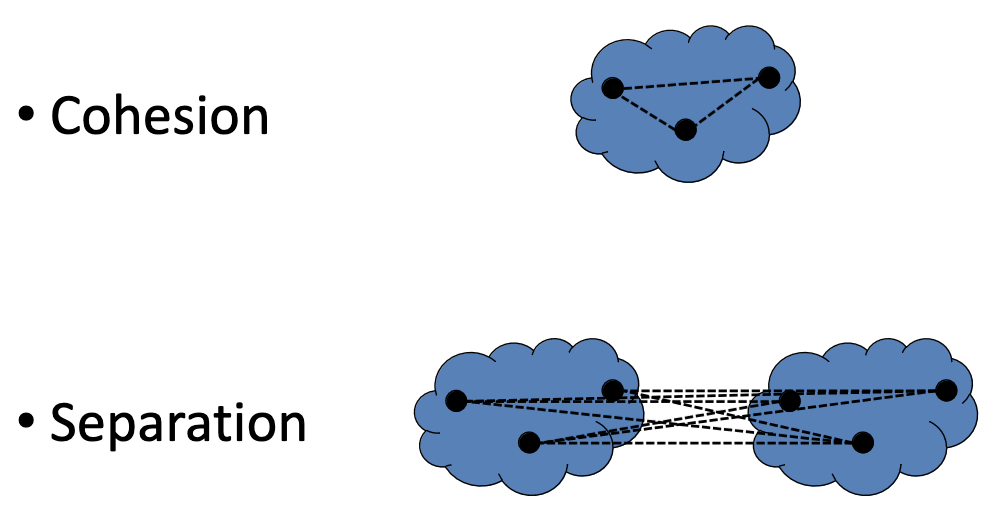
Supervised
We can use the “true clusters” to test the effectiveness of different clustering algorithms.
Comparing Clusters
We can use metrics to measure how similar two arrangements are.
Weighted-Kappa
- 0 is random.
- -1 something weird is going on.
- Between 0.8 and 1 is good.
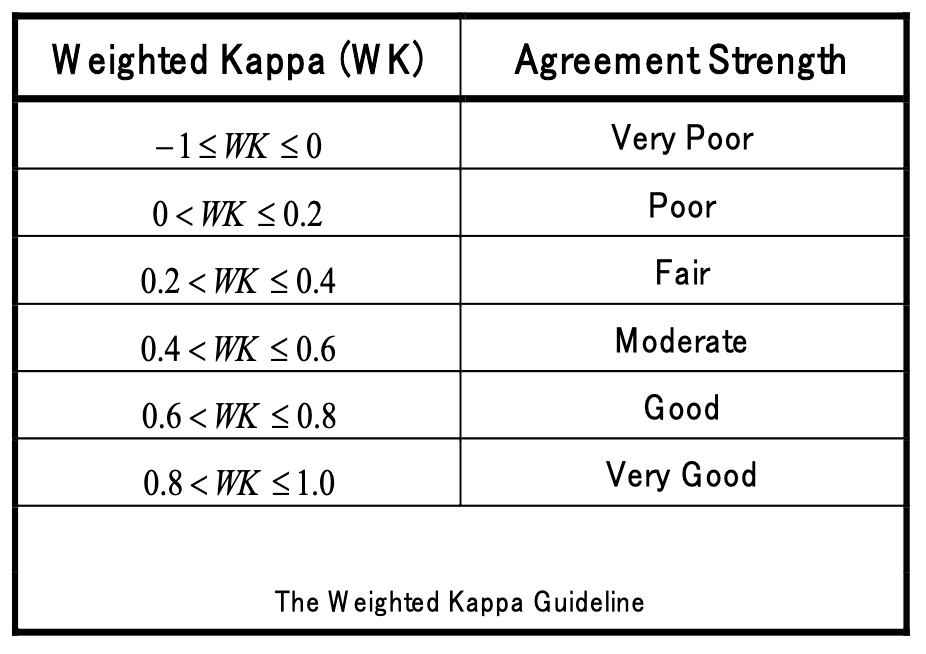
Association Rules
Reading
- Principles of Data Mining Chap 9 Section 9.3
- Pang-Ning Tan “Introduction to Data Mining” (Chapter 8): http://www-users.cs.umn.edu/~kumar/dmbook/index.php
- Anil Jain: “Data Clustering: 50 Years Beyond K-Means”, Pattern Recognition Letters
- Tang et al., Kumar, Introduction to Data Mining (Chapter 6): https://www-users.cs.umn.edu/~kumar001/dmbook/index.php